Horses by Patti Smith
Buy Horses Horses is the 1975 debut album by Patti Smith, an album which has long become considered a breakthrough masterpiece of minimalist originality and poetic improvisation. Smith and her band had no […]
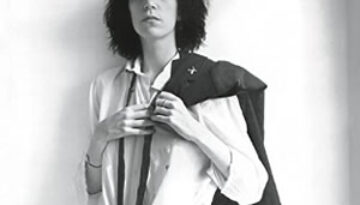
Buy Horses Horses is the 1975 debut album by Patti Smith, an album which has long become considered a breakthrough masterpiece of minimalist originality and poetic improvisation. Smith and her band had no […]
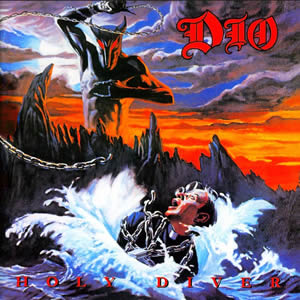
Buy Holy Diver Holy Diver is the 1983 debut studio album by Dio, led by veteran rock vocalist Ronnie James Dio. Drawing on the influences of multiple contemporaries in pop and rock music, […]
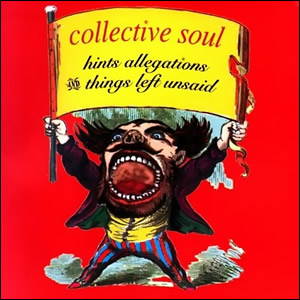
Buy Hints, Allegations, & Things Left Unsaid Perhaps the best sounding “demo tape” of the 1990s (if not all time), Collective Soul forged a great sonic mix on their debut Hints Allegations and […]
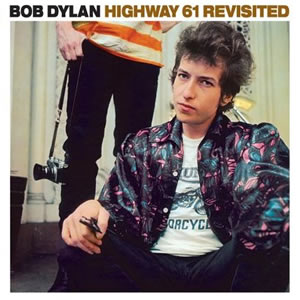
Buy Highway 61 Revisited Some albums are borne of the ether. Some are born of the earth. A rare few refine both into a crystallized masterpiece. Out of Bob Dylan‘s entire discography, Highway […]
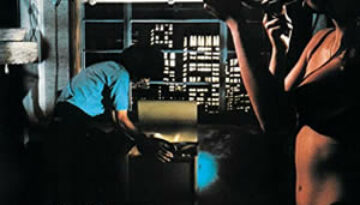
Buy Hi Infidelity Released in late 1980, Hi Infidelity hit commercial pay-dirt for the Illinois-based group REO Speedwagon. The album strikes a nice balance of accessible pop rockers and ballads as the quintet […]
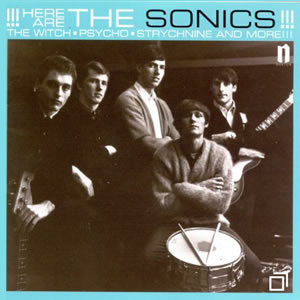
Buy Here Are the Sonics!!! Here Are The Sonics!!! is the 1965 debut album by American garage rock band The Sonics. The record features a dozen songs of the days’ most powerful and […]
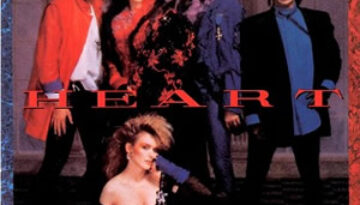
Buy Heart In 1985, Heart made a dramatic comeback, fueled by an equally dramatic alteration to their traditional sound. A successful hard rock band in the late 1970s, the group had nearly fallen […]
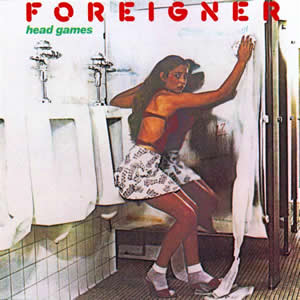
Buy Head Games Head Games was the third studio album released by the rock band, Foreigner, in three years and continued their incredible success by reaching the Top 5 on the album charts […]
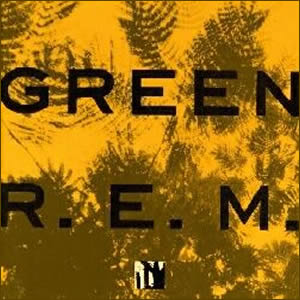
Buy Green Years before alternative was “cool” (in other words, when “alternative” was still alternative), R.E.M. was forging their own way through the super-slick eighties. Their sixth album, 1988’s Green, was the breakout […]
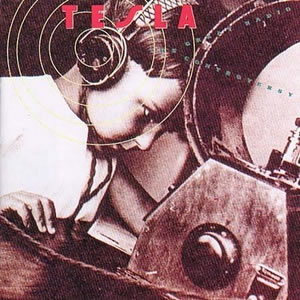
Buy Great Radio Controversy The group Tesla never quite fit within any definitive genre box, which may have ultimately prevented the Northern California band from reaching their critical or commercial potential. In the […]